Choosing the right light bulbs can be a little intimidating! What’s warm light, what’s soft white, and what’s daylight? We’ve got your questions covered when you’re deciding between soft white vs daylight bulbs and more for your home.
Learn the keys to choosing light bulbs that will create the prettiest soft lighting in all the rooms in your home.
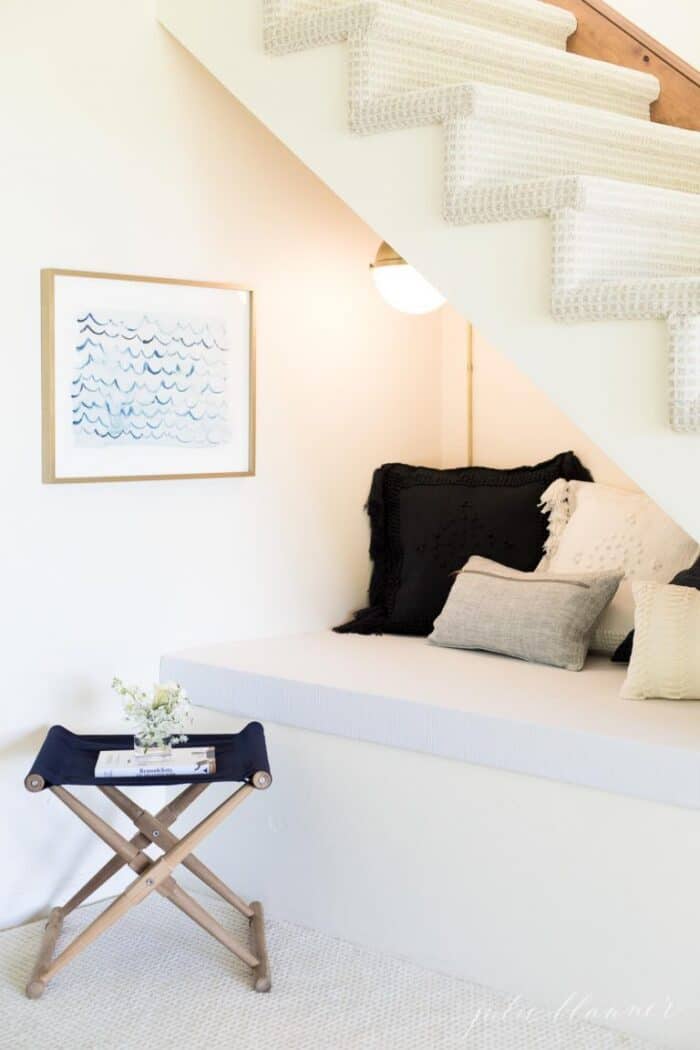
Lighting is such an essential element of design, both on the interior and exterior of your home. With all those lighting decisions that come along with recessed lights, chandeliers, pendants, sconces and lamps, you might be forgetting the most important factor of all: light bulbs!
We chat a lot about lighting here, and that’s because I think it’s such an incredible way to create a home you love. The right lighting changes a room, elevates your home and creates an ambiance you’ll treasure for years to come.
Find all my favorite Brass Lighting in this round-up, as well as information about our Copper Lanterns and even these custom made Brass Lantern Island Lights!
Our favorite light bulbs emit a soft white light. When you’re creating a warm and Cozy Home, lighting is oh-so-important. These light bulbs tend to feel more reminiscent of evening or early morning light, which will cast a flattering glow throughout your home.
Ready to learn more? Let’s learn how to choose between warm white vs soft light bulbs and so much more!
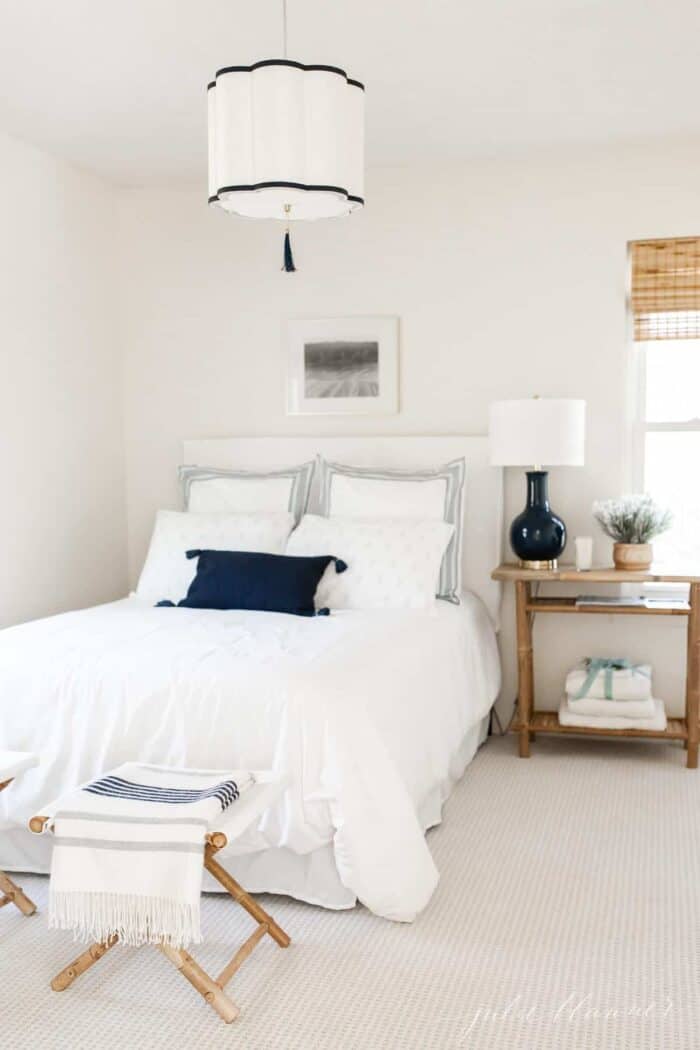
What are LED bulbs?
There are four main categories of light bulbs: incandescent, halogen, compact fluorescent (CFL), and light-emitting diode (LED).
LED stands for light-emitting diode. In simple terms, this means electric current passes through a semi-conductor. An LED bulb is very efficient and can last up to 50,000 hours.
On LED light bulb labels, you might find references to lumens, watts, and color temperature (Kelvins) or light appearance.
Every type of basic white light bulb will include a reference number on the Kelvin scale. This scale signifies a bulb’s color temperature – you’ll find more information about Kelvins below.
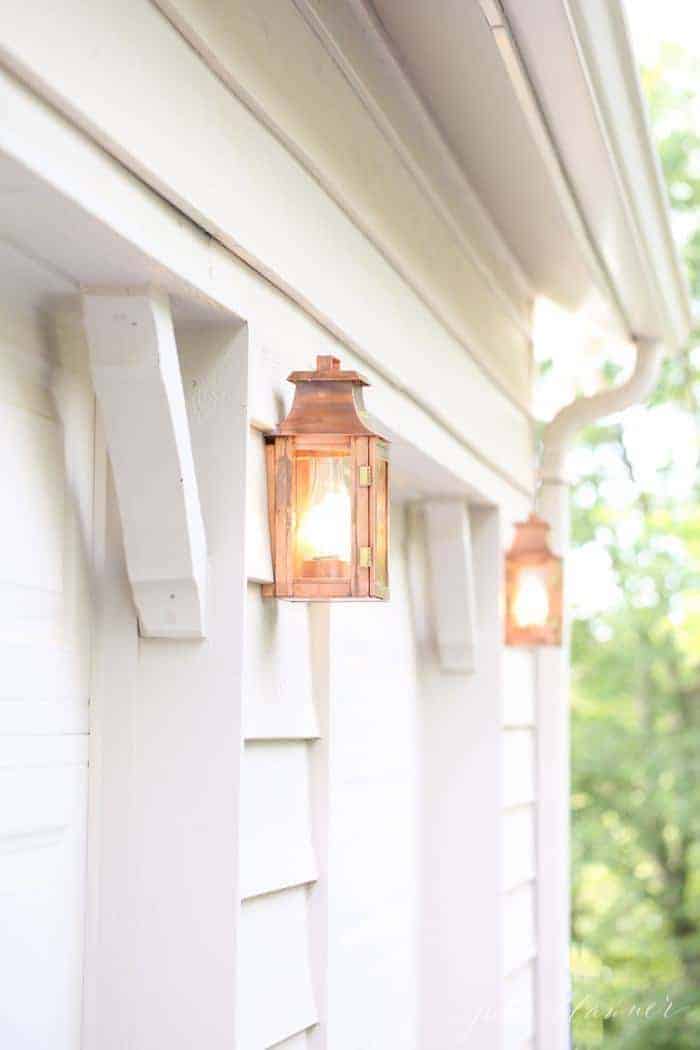
Why We Love Soft White Bulbs
“Soft white” bulbs can be confusing, as white light falls into three categories: warm, neutral and cool. Generally, interior designers agree that warm light creates a cozier space, and cooler light can make a room feel a little more spacious.
Soft white is on the warmer side, but is generally on the yellow side of the color range. Daylight however, is far more cool and has more white and even blueish tones to it.
Soft white is best for residential environments and creates the cozy, calm ambiance we love.
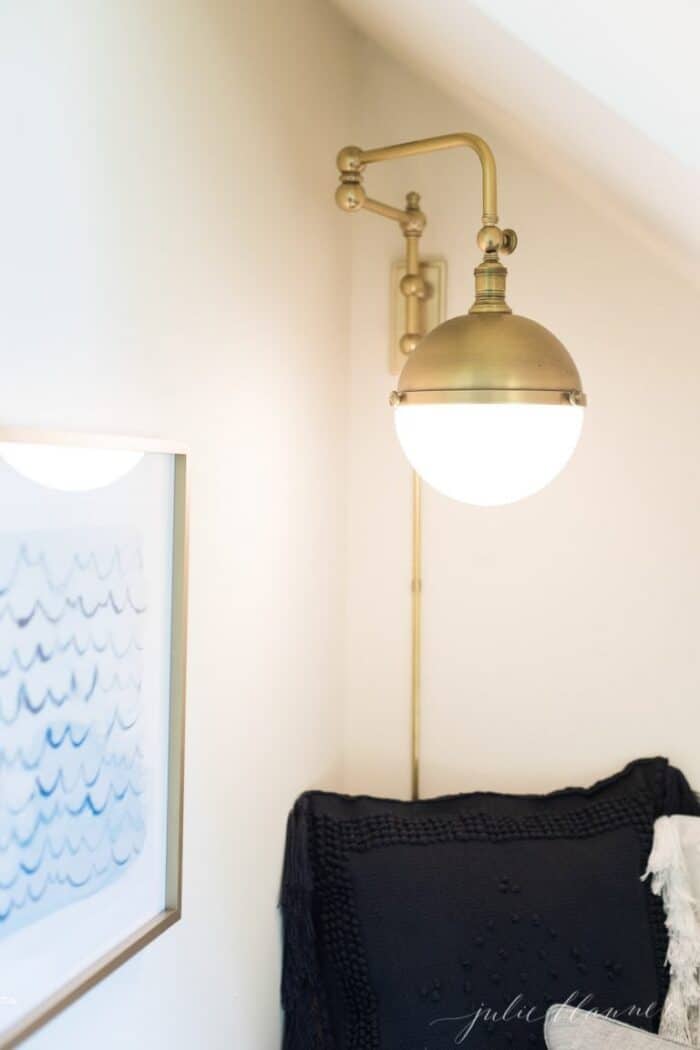
LED Conversions
Just like incandescent bulbs, LED light bulbs are available in a variety of styles, colors and watts.
Here’s a quick guide for replacing a traditional incandescent bulb with an LED:
- 100W bulb = 1600 lumens LED
- 75W bulb = 1100 lumens
- 60W bulb = 800 lumens
- 40W bulb = 450 lumens
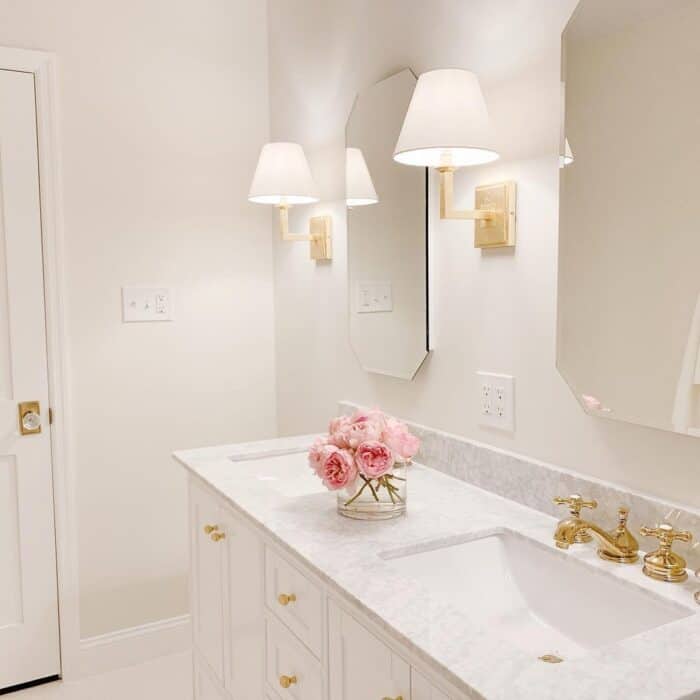
Understanding Kelvins (Color Temperature)
Color temperature refers to a bulb’s color rating, which is measured on the Kelvin scale (K).
A Kelvin value indicates a level of “warmth” or “cool” of the light it emits. The higher the value, the cooler the light (the highest values are “daylight”). The lower Kelvin value bulbs are more warm, or yellow the bulb will look.
Soft white and warm white bulbs fall at the lowest end of the scale. Soft white bulbs usually measure around 2,700 Kelvin. Warm white bulbs are a touch less warm.
On the other side of the scale are cool white bulbs. With these daylight bulbs, you’ll find a very bright, somewhat cool blue light that mimics the mid-day sun.
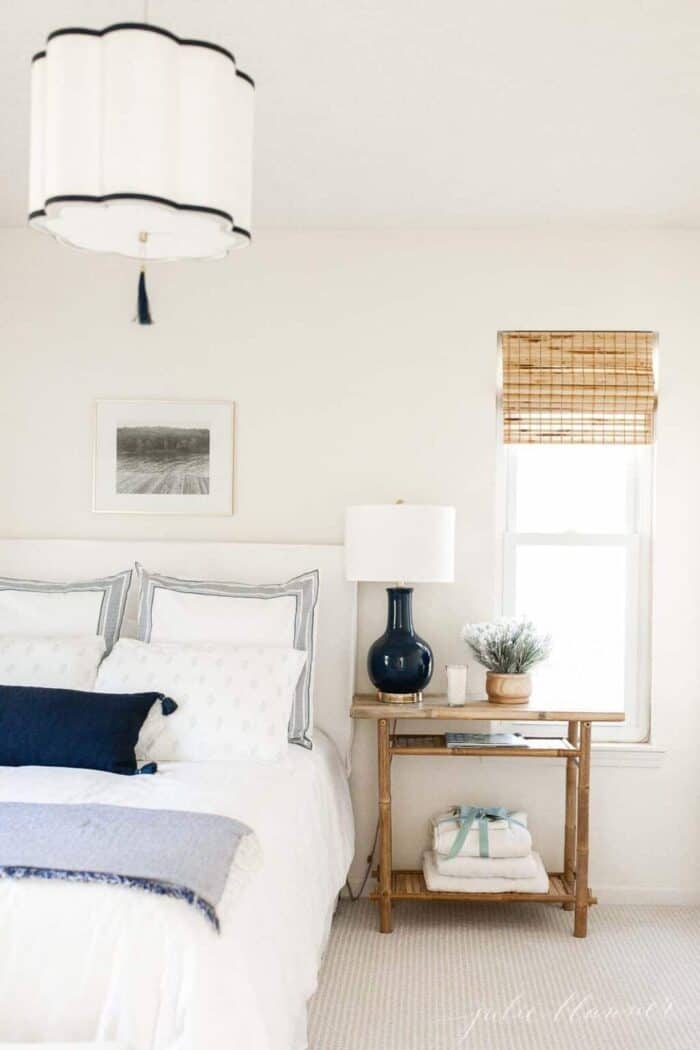
The options break down as follows:
SOFT WHITE
A soft white bulb falls under the umbrella of “warm white” but is usually 3000 Kelvins and below. That’s the color temperature you’ll generally find in an incandescent bulb (2700K) or halogen bulb (2850K). Luckily, LEDs can also provide a warm white effect!
2700K is our gold standard for lightbulbs in our home. Shop our favorites below!
WARM WHITE
These are generally considered to fall between 3000K to 3500K.
COOL WHITE
Bulbs that provide light at around 4100K to 5000K are a cool white color, with lighting that sometimes even reads as “blue”.
DAYLIGHT
These bulbs are around 6500K and are often called “daylight bulbs”. With the strongest blue and cool light, they are not generally used for residential purposes.

Soft or Warm White is Perfect for
- Residential Spaces
- Bathrooms
- Kitchen
- Bedrooms
- Closets
Cool or Daylight is a Better Fit for
- Commercial Spaces
- Garages and Storage
- Task Lighting
- Offices
- Marketing and Signage
Light Bulb Tips
- As seen throughout this post, we choose 2700K soft white bulbs for both the exterior and interior of our homes.
- We are big fans of candle lighting. I tend to choose Brass Lighting and chandeliers and pendants with smaller, candle-inspired bulbs because I love the warm ambiance it creates.
- If you don’t have dimmers, you can simulate candlelight on your chandeliers by utilizing 15-watt bulbs.
- If you’re not a fan of LED bulbs or not ready for a switch, GE Soft Pink 100 Watt Bulbs create a flattering light.
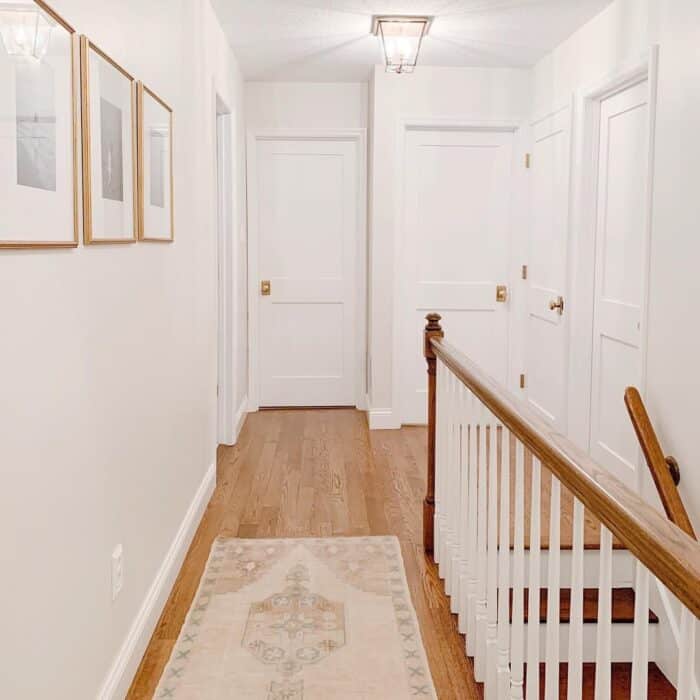
Frequently Asked Questions
Lumens measure brightness: the amount of light that comes from a light bulb. Watts measure the amount of electricity a light bulb needs to be powered.
Bulbs with a higher wattage will look brighter but it’s the number of lumens that indicate brightness.
You can do this with a simple math equation! Find the square footage of the room or area you’re lighting. Take that number times 20 lumens per square foot to get a great estimate of how many lumens you need!
Shop our Favorites
- Dimmable A19 LED Light Bulbs 2700K Soft White
- LED 2700K Dimmable Candelabra Bulbs
- LED Edison Bulb Antique 2700K Warm White
- 2700K Warm White Color Recessed Bulbs
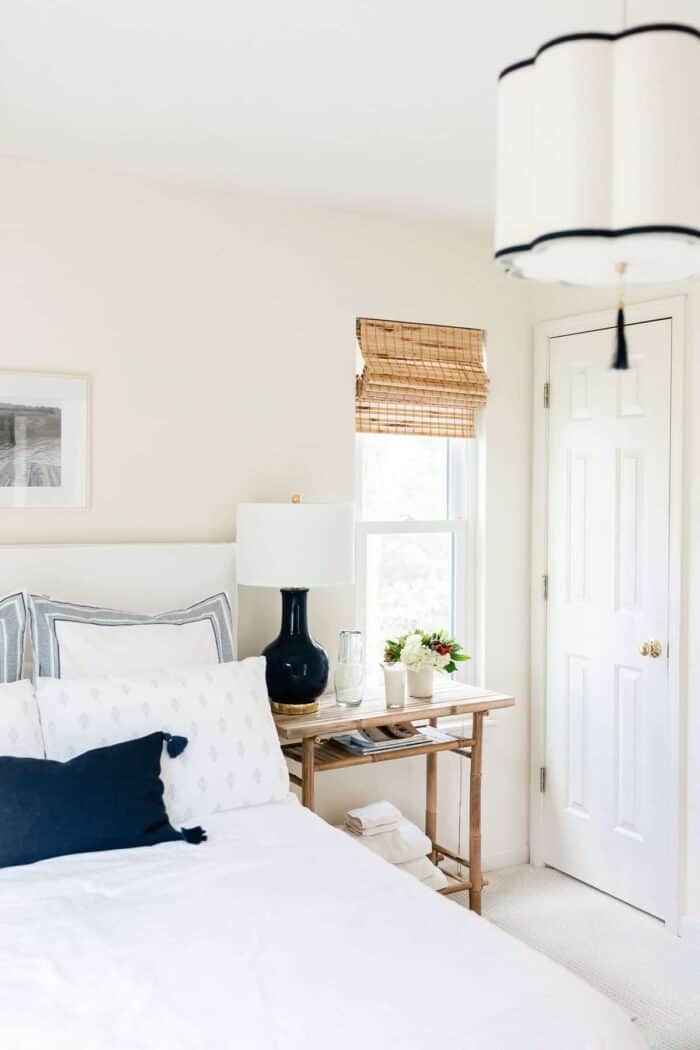
Join Our Community
Let’s keep in touch! Receive exclusive content, including never-seen-before photos, our favorite home decor DIYs and more!

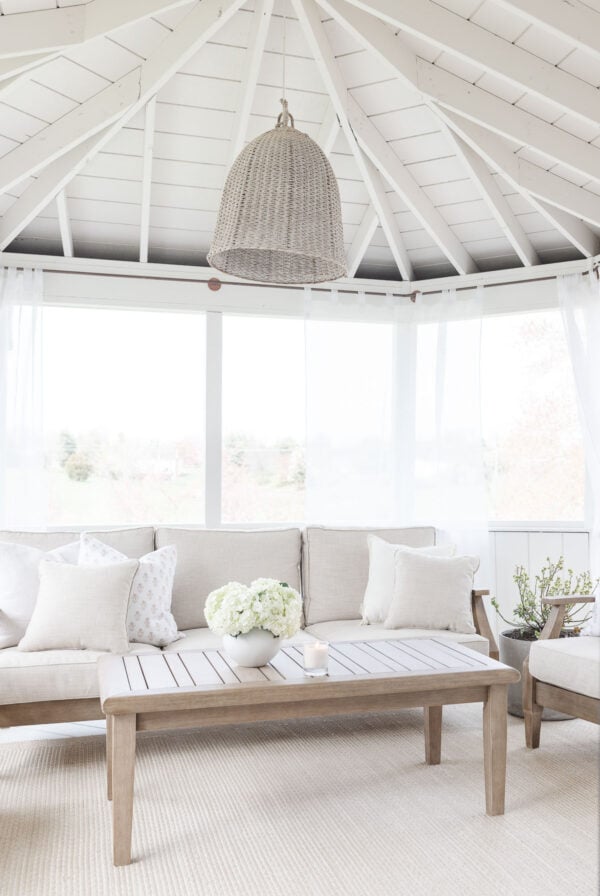
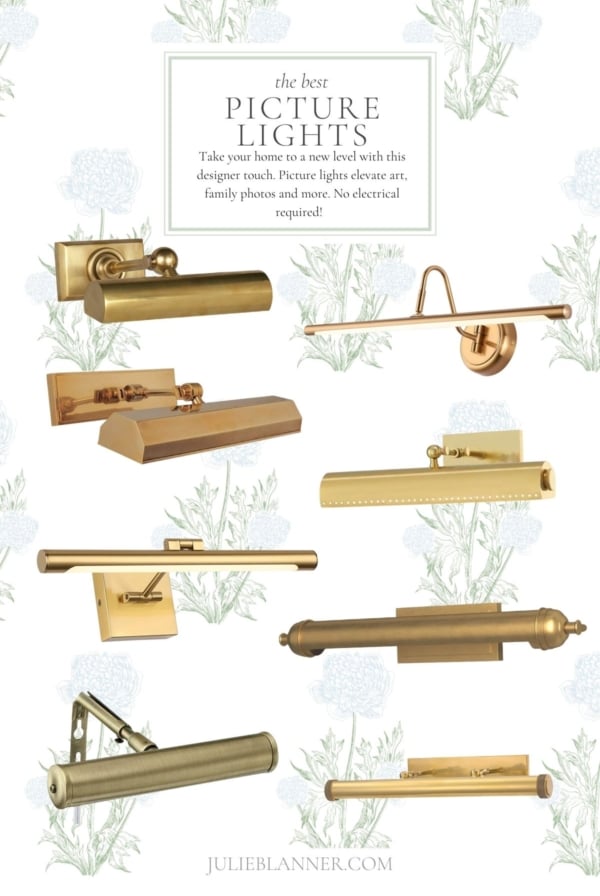
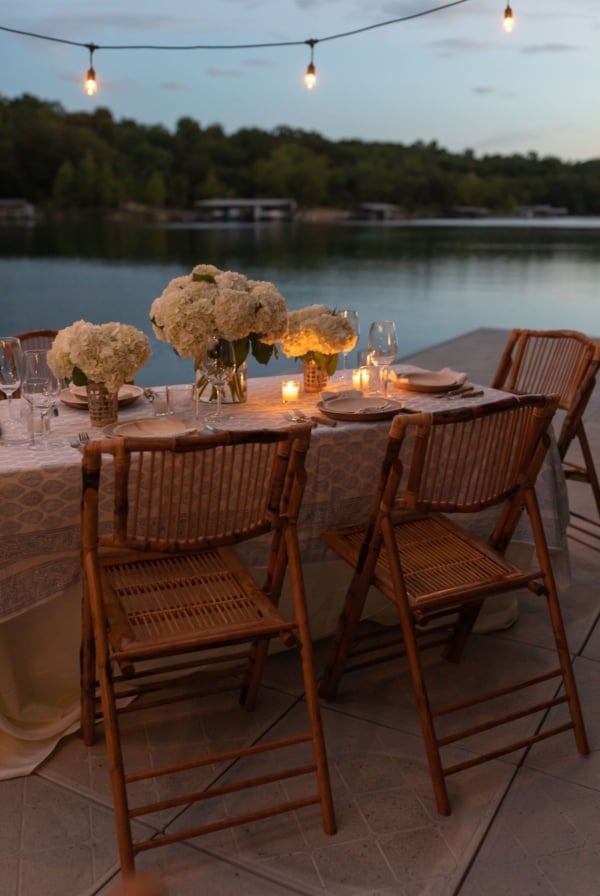

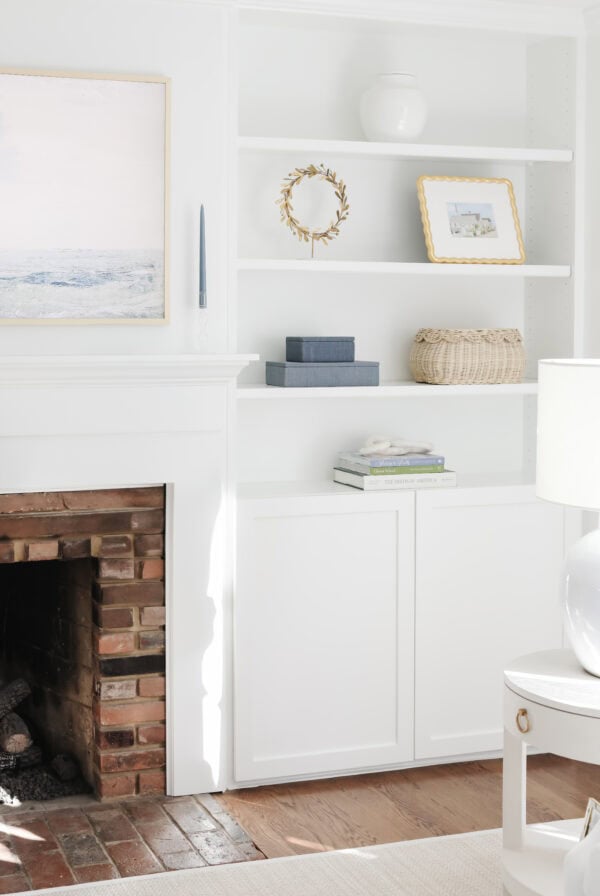
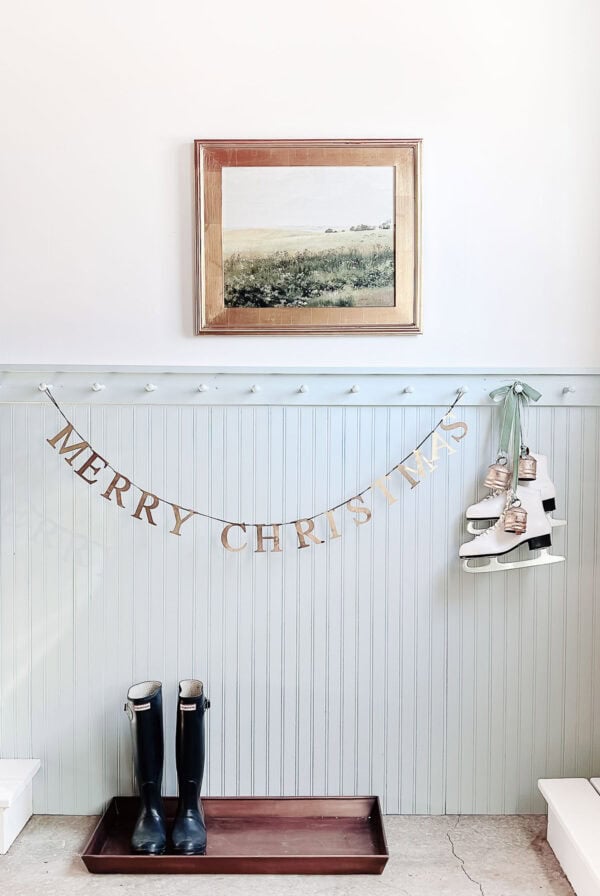






Thank you very much for the information! I was really in doubt if to put 2700 or 3000, since it is never clear what light you will have at the end. I’ve chosen 2700 k .
Thank you Julie for this info.
I need to change my light bulbs to brighten up our home.
And, have a Happy Thanksgiving!
So glad you enjoyed it, Rhonda!
This is so helpful. Thank you, Julie!
Hi Becky!
Of course! I’m so glad it is useful to you!
Enjoy,
Julie
Thank you so much for this post! I need to work on lighting throughout my home, and this is so helpful! The timing was perfect! Love the links to Amazon also-much easier than. taking my list to a big box store.
Hi Mary Ann!
I love hearing that, thank you so much.
Have a beautiful week!
Julie